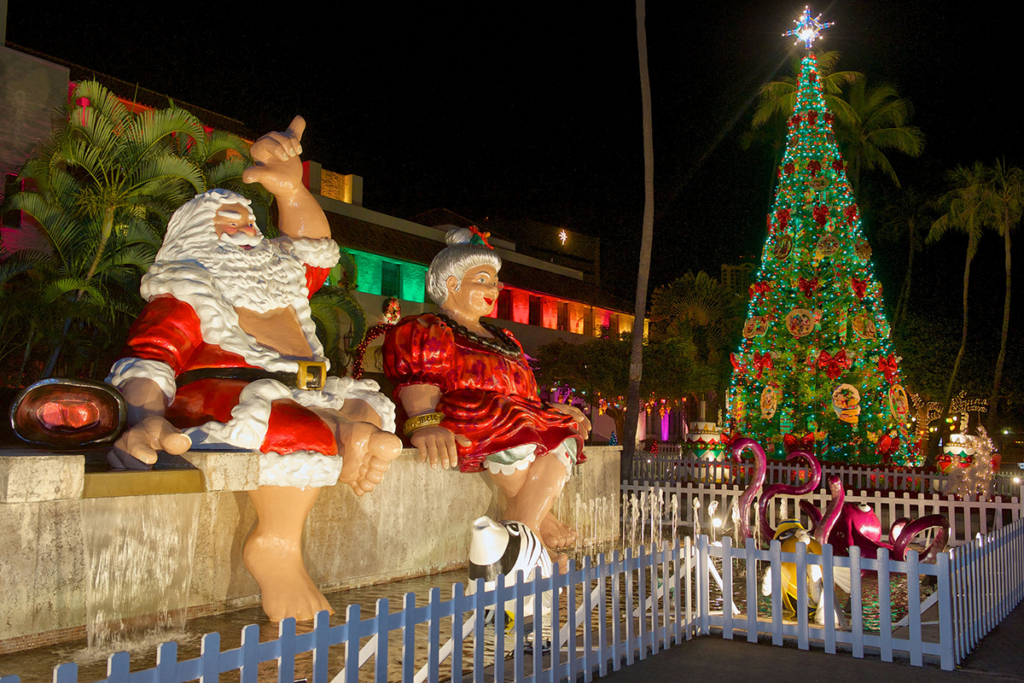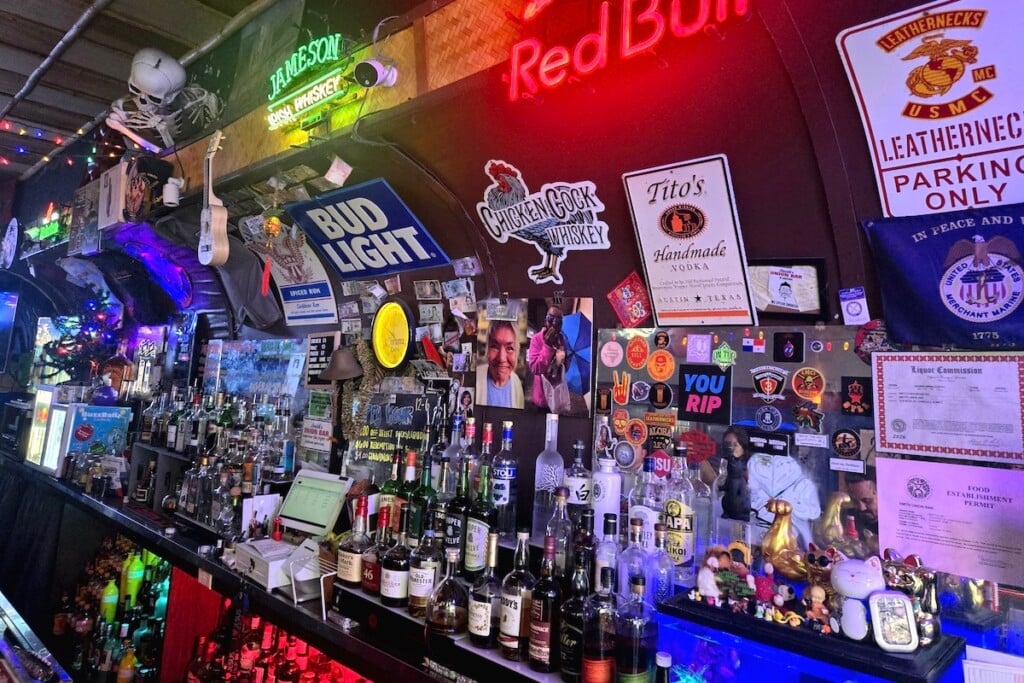Here’s What You Need to Know About Bon Dances
First bon dance? No problem. Here’s what you need to know about this beloved Japanese tradition you’ll be seeing across O‘ahu.
Editor’s Note: This post was originally published in June 2015, but has been updated with the latest information.

Photo: Courtesy of Mō‘ili‘ili Summer Fest
I’ve been a bon dance fool. I’ve danced backwards when everyone is going forward. I’ve been too busy scoping out the fresh corn and andagi to remember to visit my grandparents’ ashes right there in the temple columbarium. And Buddha forbid, I think I’ve even dressed little kids for yukata picture-taking in the style reserved for dead people.
I’m living proof that growing up Buddhist and going to bon dances doesn’t fool-proof you at the summer festivals Hawai‘i has come to love. So here are some tips to help you look good, or at least like you know what you’re doing, at your first bon dance.
Bon Dance Tips
Go early. Yes it’s hot, but you’ll find parking and food. Early is when temple priests will chant to open the bon dance, which is held to assure spirits of the dead that we’re all OK. If there are special performances, like taiko or lion dances, they’ll happen at the beginning.
Leave the center ring to the pros. A circle of women in identical yukata means this dance troupe is demonstrating the moves for everyone else. No ladies in identical yukata? Go for it.
Yup, those are yukata, not kimono. Yukata are made of cotton for hot summer weather; kimono are often made of heavy silk and are reserved for formal occasions. Show your cred: Don’t say ‘kimono’ at a bon dance.
More cred: That yukata is always worn left over right. Always tuck the right flap under the left. Right over left is how corpses are dressed for funerals.
Don’t even worry about having a yukata or happi coat. Most bon dances stopped requiring them a while ago. However, we did learn that Hawai‘i Betsuin officially has a dress code (happi coat or yukata for all dancers), and though it is not always enforced, it’s still respectful to follow. A lot of times you’ll find these for sale at the temple.
Look around. Basements, social halls and annexes of temples hold attractions that up the Obon season experience. Hawai‘i Shingon Mission on Sheridan Street often has a tiny bazaar with food and craft vendors. Hawai‘i Betsuin on Pali Highway, my home temple, sometimes has people like me dressing bon dancers and their kids in yukata and obi for professional picture-taking.
Go easy on the baked goods and pickles. A lot of times, all the homemade butter mochi, cornflake cookies and old-fashioned Japanese pickles for sale are made by temple ladies. Baking and slicing vegetables for pickles is labor-intensive, and there’s a limit to how much they can make. Given the appetites of excited foodies like me, these simple treats run out fast. Please don’t hoard. Let others taste the flavors of the past.
That dance that everybody rushes to join? The recorded number? That’s “Tanko Bushi.” It’s a miner’s song, so yes, you should make like you’re digging with a shovel.
If you don’t know the dance with the sticks, don’t dance with sticks. These may have a tendency to fly out of your hands. Trust me on this.
Wear soft shoes. Tell all your friends. Except for maybe a few, bon dances on O‘ahu are typically held on asphalt or indoors. You won’t believe the number of moves where everyone stops suddenly and starts dancing backward. Your dance partners will thank you.









